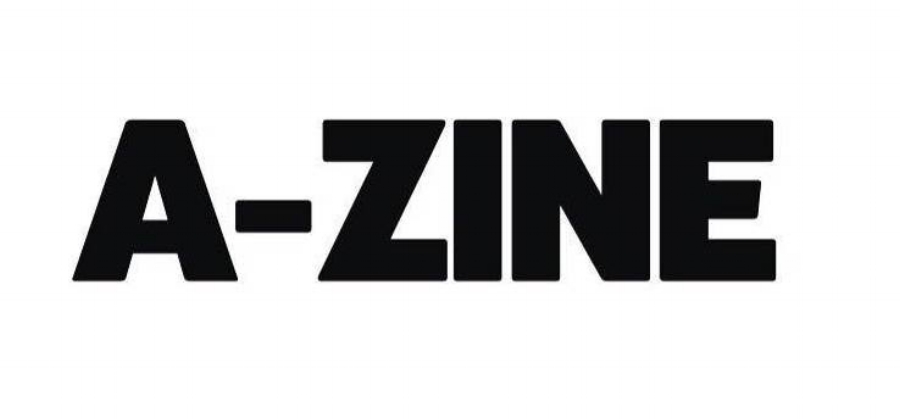Why Are We Still Being Told to Dress for Our Body Types?
By Lauren Payne
Image via @ainocollin
If you like fashion, chances are you’ve bought a book at least once in your life that states it could teach you how to dress well based on your size. And even if you’re not a book person, you’ve probably picked up a magazine that said petite women shouldn’t wear skinny jeans, or big busted women shouldn’t wear crop tops.
It seems for years, all of us collectively have been finding books and magazines telling us how to wear garments and whether or not you even should, based on the type of body you have - rather than about the history of a garment, or design style.
When I was going through my bookshelf recently, I came across a book written by Scandinavian influencer Pernille Teisbaek called Dress Scandinavian.
When I bought the book, I was obsessed with Scandi style because I loved the androgyny and casual image it had. I still love it to this day, but back then, I thought I needed an instruction manual on how to dress Scandi.
I flipped through the book the other day and stumbled across a chapter on jeans. The chapter outlined the types of jeans Scandinavian woman supposedly loved and which style would look best on the reader, depending on how their body was built.
This is where I put the book down.
Not only did I feel strange about having a woman I’ve never met tell me how to dress, I felt uncomfortable reading about how she was suggesting women avoid high-waisted jeans if they had a wider waist.
The book went on to explain what cut of jeans is best for a pear-shaped, rectangle and inverted triangle-shaped woman and even detailed what colour palette someone should wear based on their skin tone.
When the book was first published in 2017, this dressing for your body type was what women thought they needed to do. Now, it’s a very outdated concept.
Our world is a lot more open-minded than it used to be. Things that were once considered taboo are now considered common and important.
When I was growing up, no one spoke to me about menstrual health and periods. Now, I can head on over to Instagram and see five well-known influencers talking about how much they love using a cup over a tampon.
Fashion definitely has never been considered taboo, but there have always been ‘rules’ women have had to abide by to be considered fashionable.
I grew up inhaling these fashion ‘rules’ like they were the last Peanut Slab I was ever allowed to eat and now, I can see where my own body image issues were emphasised. I tried to dress for my body type but of course, as an adolescent who hadn’t even finished developing, I couldn’t find out which one I was. I religiously checked every book and every magazine I could find to read what would make me look fashionable and hide the parts of my body the writers of these articles said I should hide.
Telling people what to wear based on how their built is toxic and I’m shocked people are still willing to do it today.
Every so often, I’ll scroll through my For You page on TikTok and suddenly, a video will appear with someone telling me why a person who has a rectangular body shape should only wear wrap dresses.
The hashtag #dressforyourbodytypeladies (which is also very exclusionary) has 552.8K views at the time of writing, which is an astounding number of people who are still telling women what they should and shouldn’t wear to be considered fashionable.
The thing is though, fashion isn’t about dressing for your body shape. It’s about wearing what makes you feel good.
There are no restrictions on what women, men and non-binary people can wear. It doesn’t matter what shape your body is, as long as you’re happy, why should anybody feel like they have the right to tell you what you can and cannot wear?
I read an article recently that said being fashionable comes down to being confident. If you feel confident in what you’re wearing, then you’ll be the most fashionable person in the room. If you feel good in what you’re wearing, whether it’s a boned corset, an oversized denim over shirt, or a simple black midi dress, then that’s all that matters.
Telling people to dress for their body shape is outdated and doesn’t reflect today’s fashion consumers.
People want to express themselves through their style and when you feel restricted by “rules” for your body type, you lose your own sense of self; you lose your own sense of style.
Fashion is already colouring outside the lines. Runway shows of today have a more diverse cast of models than there has ever been before. There’s still a long way to go when it comes to representation in fashion, but progress is being made.
So why are we still having the body type conversation? Why can we openly talk about periods and menstruation now, but not discuss the toxic advice still being given to women about dressing for their body type?

